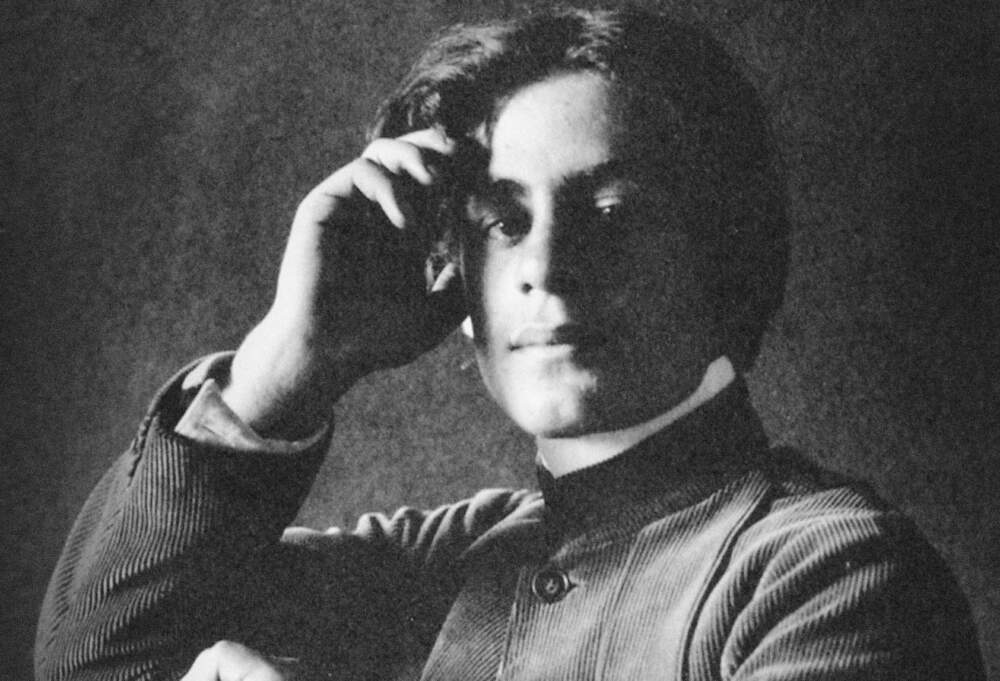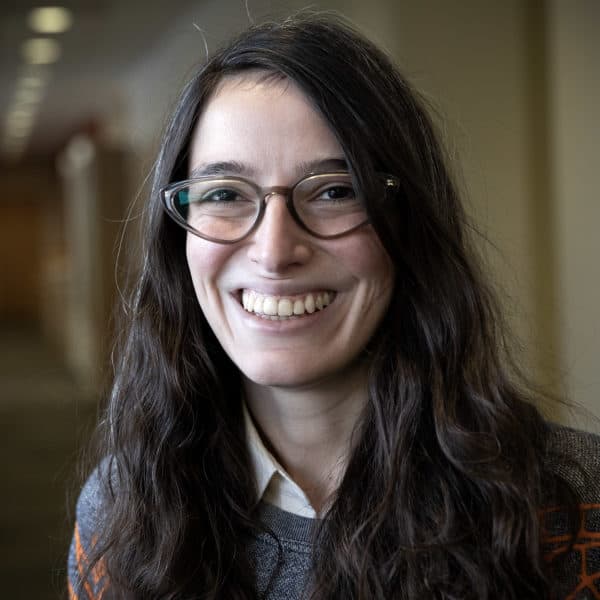Advertisement
Hidden History
Birthplace of 'The Prophet': Kahlil Gibran's life in Massachusetts
Resume
Lebanese American poet Khalil Gibran is perhaps best known as the author of "The Prophet," a collection of poetic essays that sold more than 10 million copies since its publication a century ago, in 1923.
What's far less known is that Gibran wrote the first draft of his most prominent work at a farm in Buzzards Bay, Massachusetts.
How did a young man from the mountains of Lebanon come to write what the BBC once referred to as "the Bible of the counterculture" at the entrance to the Cape?
Radio Boston's Tiziana Dearing sat down with Jean Gibran, a relative and biographer of the poet, to find out.
Highlights from this interview have been lightly edited for clarity.
Interview Highlights
On how the 12-year-old Kahlil Gibran arrived in Massachusetts in 1895:
"Gibran came with his mother, his half brother, and his two sisters. They came to a street that was called then Oliver Place, and they settled in the same tenement building as my late husband's grandfather. In other words, there were already Gibrans there. So they stayed and they lived with that crowd of Syrians. They were called Syrians in those days — Lebanon was not a part of the population's name and actually their passports had the Ottoman Empire seals on it because the Ottoman Empire was what ruled that area.
"Gibran immediately was enrolled in the Quincy School, which was at the Tyler Street, and a settlement house called the Denison House. Settlement houses were very important because they involved young people and tried to make it easier for these new immigrants to assimilate."
On how Gibran's talents were discovered after he sketched a notorious sculpture at the Boston Public Library:
"There a sculpture in the atrium — a nude sculpture called the Bacchante. It was very sensational because this was a nude woman carrying a child, obviously drinking alcohol. The censors in Boston became irritated, but here was this adolescent, young Syrian boy who was keeping now a daybook of drawings. He drew the Bacchante. That's very providential because Bostonians got rid of that sculpture within two years of its being installed.
"So one of the fabulous thing is that as a result of all his sketches and his talent, the people at Denison House called in a very, well-known photographer who was also well known as a publisher, Fred Holland Day. And working with Day is what introduced the young Syrian adolescent to literature.
"There is no question that he may have never encountered poetry and literature the way he was so early. He started to run around doing errands, posing for Fred Holland Day, and got immersed in the intellectual bohemianism of the early 20th century."
On how Gibran chose to assimilate in his new home:
"He was terribly aware of either completely joining the intellectual community surrounding him in Boston and in New York or just staying with the immigrants. And it's interesting that when he returned to the United States [from a visit to Paris, France], instead of settling in the Syrian community, he brought his sister, Mariana, into Beacon Hill.
"People don't remember that he did not settle in Little Syria, which meant he was interested in assimilating. [Similarly,] when he went to New York, he settled in Greenwich Village, and became very friendly with so many people who led him to [other literary figures]. You see what I'm saying? Could he have stayed in the Syrian community? Yes, but I don't think he would have become an international figure."
On the fateful invitation Gibran received in 1918 to join writer and poet Marie Garland on a literary retreat in Buzzards Bay:
"I think he had more fun down there than he ever had. He actually was driving in an automobile. He said, 'I can do anything here!' Now there was no driving an automobile in New York or Boston. He said he had all sorts of freedom...
"[Among others, he was with] a writer who was Hindu and his spouse, who was an American. So you can see it was an interesting, diverse community. And they were all enjoying each other and working. I think it was one of the places that Gibran felt free, felt liberated and was completely assimilated.
"There were no ethnic worries or considerations [for Gibran,] it was completely bohemian. And [he started] what was called then the "Councils" — that's what the poet first called ["The Prophet"]. One of the words he also used for it was the "Commonwealth."
"Many people are always saying, 'Oh, this is where "The Prophet" was written,' either in Boston or Cambridge or Greenwich Village. but it was started at Bay End Farm, Buzzards Bay."
On why "The Prophet" remains relevant today:
"He took every part of living and showed us as immigrants, as people who might not be completely assimilated, how to survive in this universe. That's what it is.
"I really mean it when I tell you that it was so important for him to embrace the universe. ['The Prophet' is a reflection of] universal, essential items of what people have to cope with — how to take care of your children, how to take care of education — every single one of these items is something we all have to do, no matter where we are.
"That's why ['The Prophet'] has become a universal Bible without the religious accoutrement. If you are religious, you have to obey certain commandments, but he doesn't. We don't have to do that when reading 'The Prophet.' All you have to do is to become habituated with the major theme, which is obviously love."
This article was originally published on June 05, 2023.
This segment aired on June 5, 2023.

